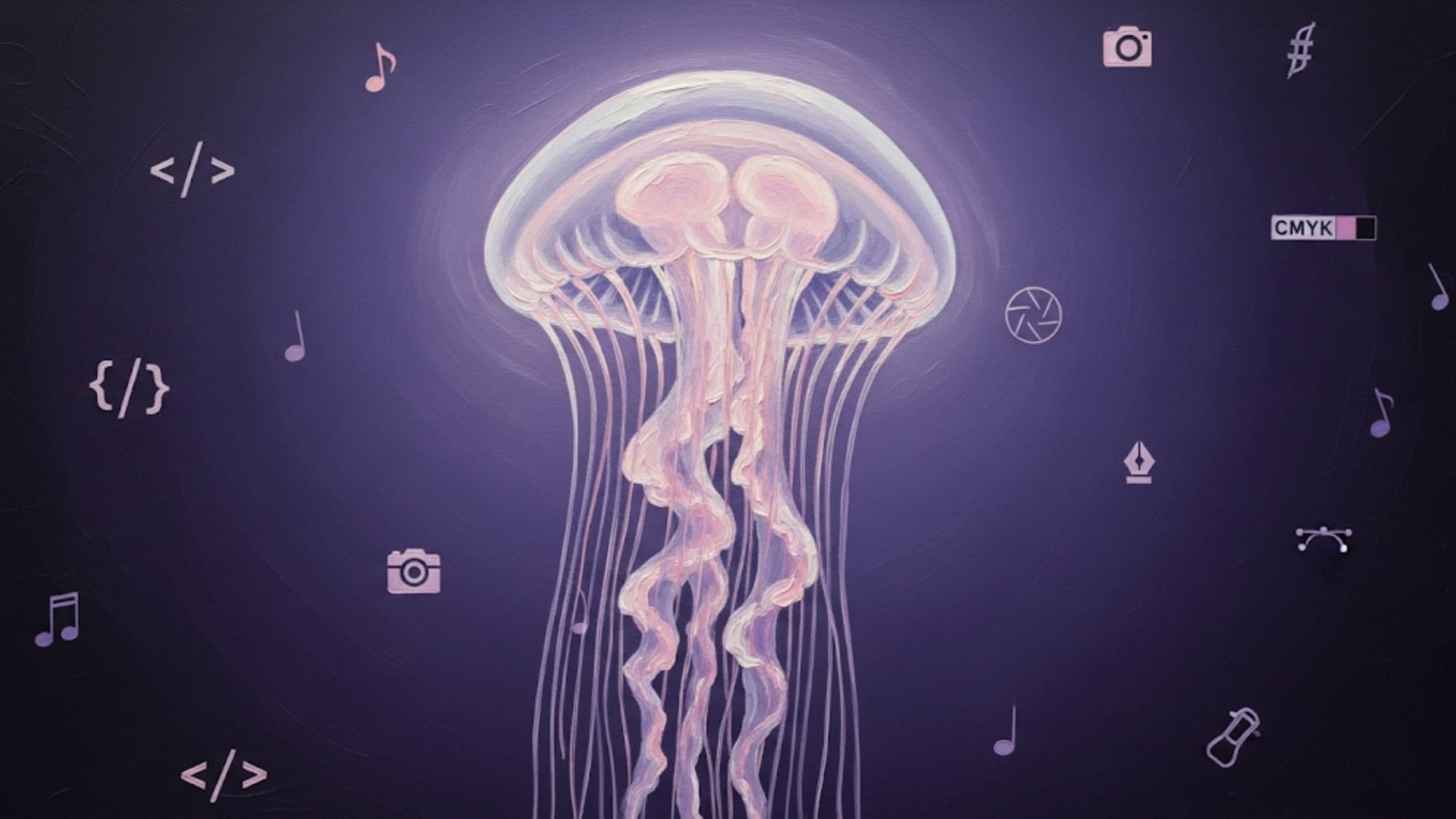Your Bio, Upgraded: Transform Links into Interactive Experiences with Apple Shortcuts

Every creator has a digital hub. A space where they invite the world to see their work, hear their music, or understand their code. For years, this hub has been a simple list of links—a static menu on a third-party platform that feels more like a generic form than your own home.
But what if your "link-in-bio" could be something more?
The Front Door to Your Universe
The problem with traditional link services is their impersonality. They reduce your diverse digital identity—your songs, your code, your thoughts, your videos—to a single URL. With Apple Shortcuts, you can build something that reflects the depth and interactivity of your work.
Imagine a link that doesn't just take you to a page, but launches an experience.
That's the concept behind a bio link made with a Shortcut. It's a tiny app that lives in the cloud, is instantaneous, and, most importantly, is completely yours.
Take the La Cita Shortcut as an example. It's not a list; it's a menu of choices. When a user taps it, they're presented with a crisp, visual decision: "Do you want to listen on Spotify? Watch on YouTube? Or maybe explore their profile on RoutineHub?" This shortcut turns navigating your content into a deliberate, engaging action.
The Creator's Manifesto
For musicians, this means being able to redirect traffic to the platform of their choice or to highlight a specific release with a custom icon. For developers, it's a way to showcase their technical prowess, linking to GitHub projects, their portfolio, or a feedback form. It's an act of identity: you're using your creativity to build the front door to your creativity.
Apple's native Shortcuts editor can be daunting, but tools like Jellycuts have made building these portals accessible to everyone. Jellycuts lets you write the code for your Shortcut in a clean, intuitive way, removing the friction of dragging blocks and letting you focus on the experience you want to provide.
Here’s a small example of how simple it can be:
import Shortcuts
Color: blue, #Icon: Note
text(text: "?utm_source=shortcut&utm_medium=ios&utm_campaign=lacita_menu") >> baseQuery
menu("Tap into my world — where are we going?",[Apple Music, Spotify, Youtube Music, Youtube, Amazon Music, Tidal, RoutineHub]) {
case("Apple Music"):
openURL(url: "https://lacitamusic.com/applemusic${baseQuery}") >> URL
case("Spotify"):
openURL(url: "https://lacitamusic.com/spotify${baseQuery}") >> URL1
case("Youtube Music"):
openURL(url: "https://lacitamusic.com/youtubemusic${baseQuery}") >> URL2
case("Youtube"):
openURL(url: "https://lacitamusic.com/youtube${baseQuery}") >> URL3
case("Amazon Music"):
openURL(url: "https://lacitamusic.com/amazon${baseQuery}") >> URL4
case("Tidal"):
openURL(url: "https://lacitamusic.com/tidal${baseQuery}") >> URL5
case("RoutineHub"):
openURL(url: "https://lacitamusic.com/routinehub${baseQuery}") >> URL6
} >> MenuResultWhat Your Shortcut Looks Like in the Library
After you compile your code in Jellycuts, it’s added directly into the Shortcuts Library on your iPhone or iPad.
You’ll see a new shortcut with a custom name and icon that you defined yourself. In this case, it might be named "Explore My Work".
If you open it to edit, you’ll see the familiar block-based structure of Shortcuts, but it will have been automatically generated from your code. It will contain a "Menu" block with your options ("Music," "Code," etc.) and a sequence of actions for each, such as "Open URL."

Most importantly, this shortcut is now ready to use. You can add it to your Home Screen, a widget, or, of course, share the iCloud link in your bio. The user simply taps the shortcut, and your interactive menu pops up instantly, without opening any additional app.
The Choice Is Yours
Moving from a static list of links to a dynamic Shortcut is an act of empowerment. It's the difference between renting a pre-built house and building your own, brick by brick, with your personal touch in every corner. Your link-in-bio is no longer just a URL; it's your digital manifesto.
Now you have the tool and the inspiration. What kind of portal will you build?